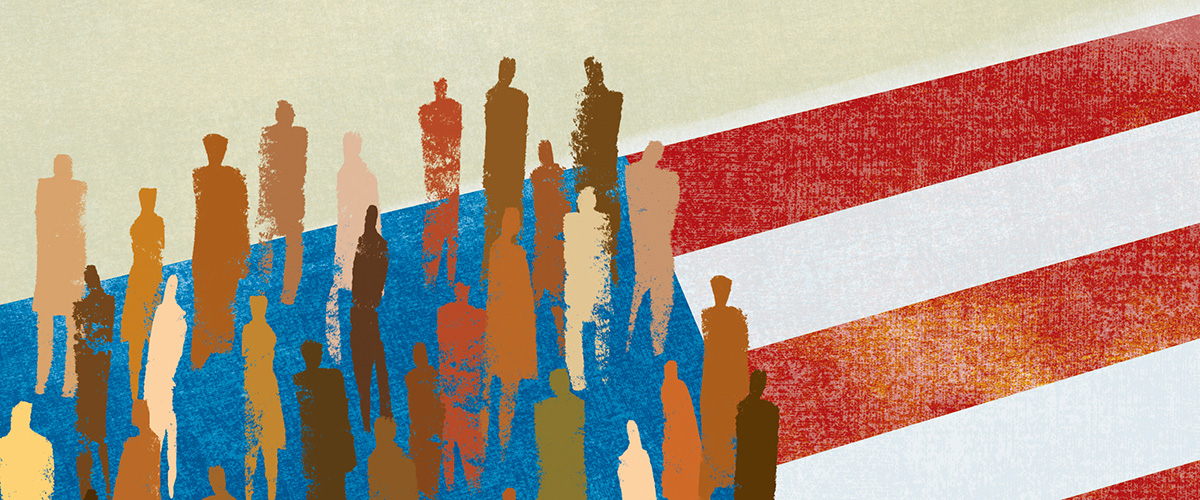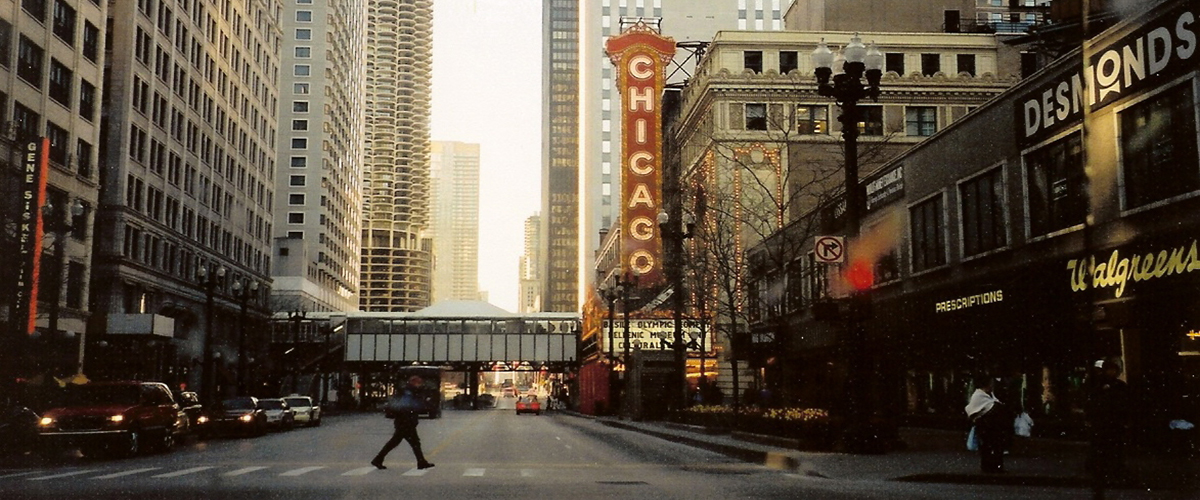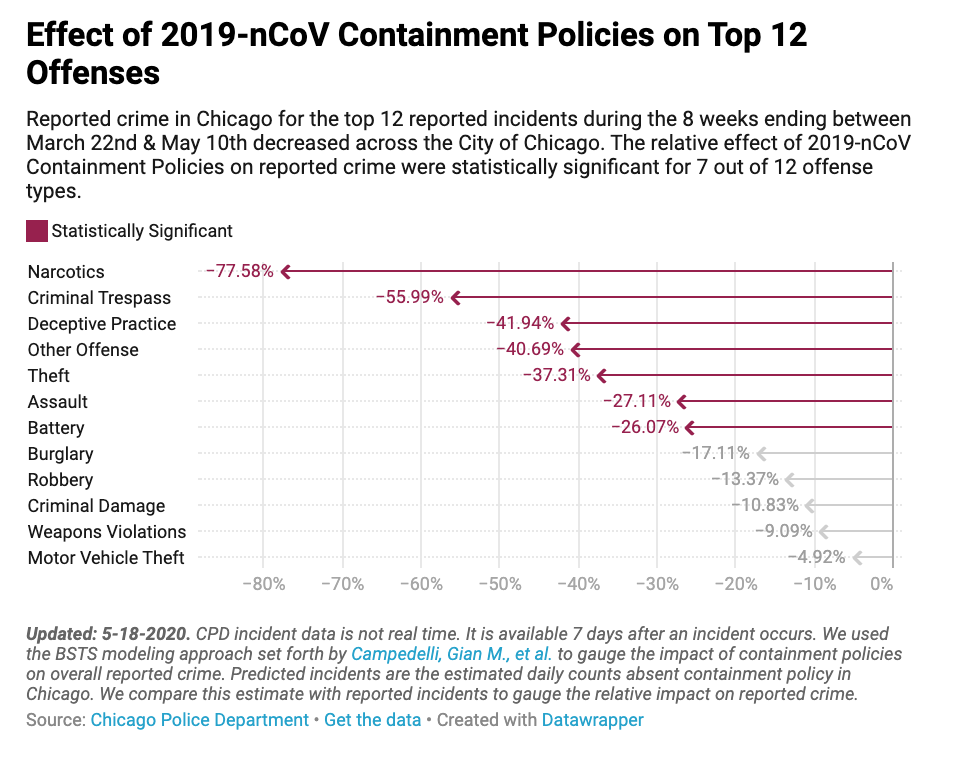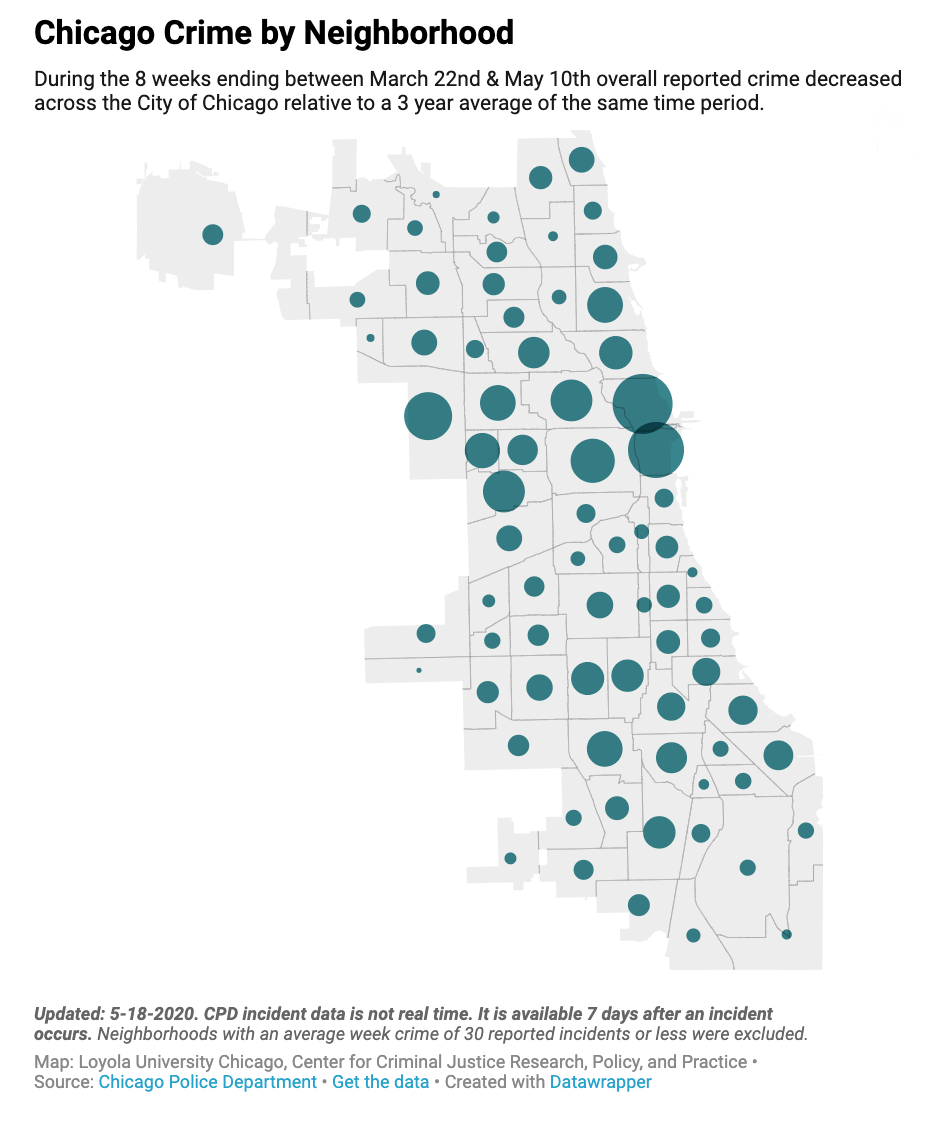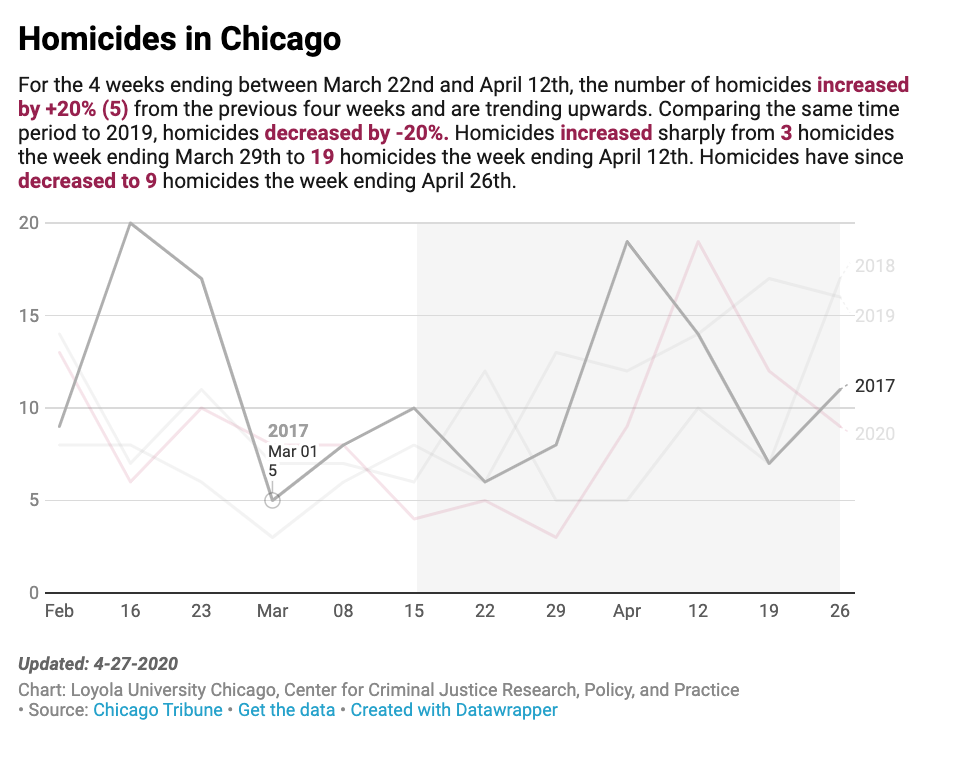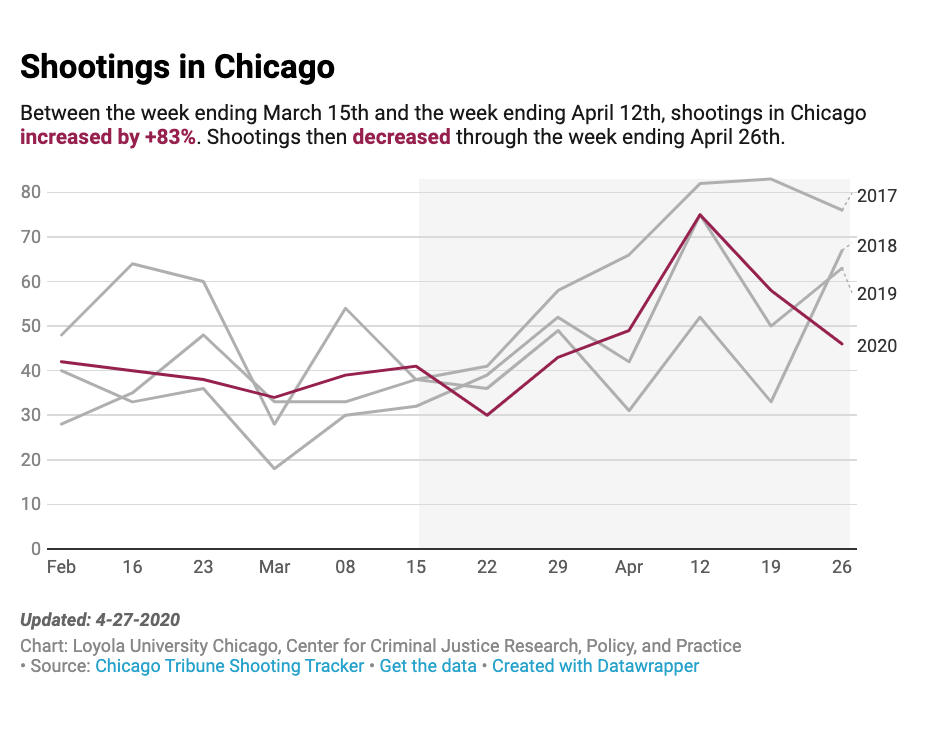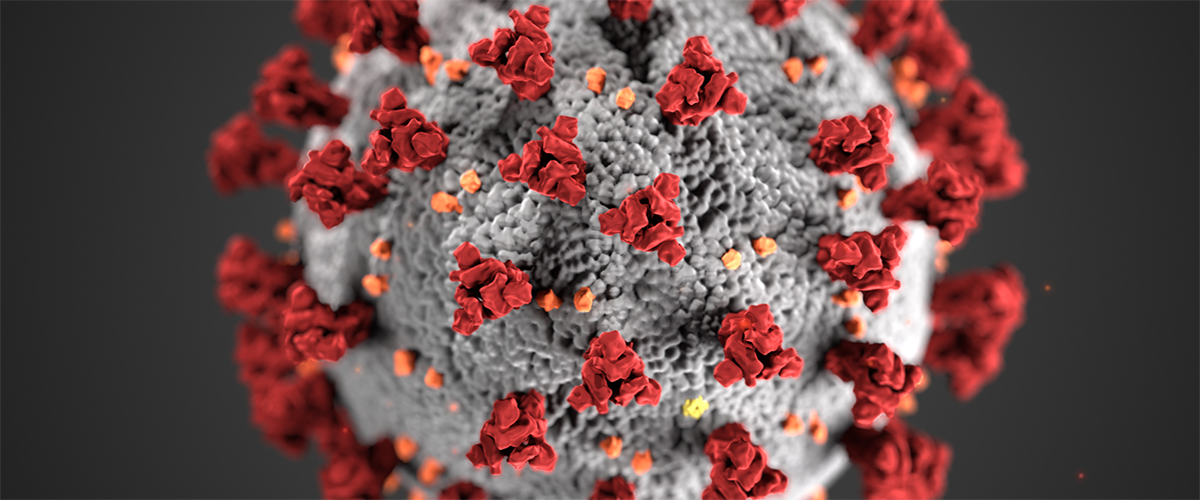Community Engagement Interagency Collaboration Jail Populations May 29, 2020
Taking stock of the open-source podcast 70 Million and its impact as season two launches
70 million adults in the United States have a criminal record. That’s one in every 3.5.
Although I’m not among them, these 70 million have become a significant part of my life thanks to our “70 Million” podcast, for which I am the creator and executive producer. I wrote about the launch of season one for the Vera Institute of Justice last year, and was humbled by the opportunity to work with some of the most talented audio producers in the country, as they reported on entrenched contradictions that make meaningful justice reform seem impossible. This included:
- A rigged bail system;
- The criminalization of poverty;
- Defendant-funded courts;
- Counties incentivized to incarcerate;
- Nonexistent mental health services;
- For-profit corrections companies;
- The warehousing of immigrants;
- Foster-care-to-prison pipelines; and
- The rise in women behind bars.
These are among the alarming trends that 70 Million chronicled in its award-winning first season. With season two, which premieres July 15, we’re taking the investigation a step further by bringing a sustained focus to how lives and communities are maligned by an ineffective, expensive, and at times corrupt network of judicial systems.
We made 70 Million because most people who have never been personally impacted by a brush with the law have a naive, almost fictionalized, understanding of the dragnet effect of the legal networks at work in the U.S., most of which function to criminalize poverty. Luckily, this is the best time to produce 70 Million because there’s a growing national awareness about the need to undo the decades of damage caused by misguided policies, intentionally harmful laws, and racialized social and economic exploitation of generations of Americans.
Our open-source digital approach has proven effective, as the first season of 70 Million was a success critically and commercially. At the time of this writing, we’re past the 35,000 download mark, wit each episode surpassing industry averages for similar podcasts in terms of unique listens, impressions, and listen-through rates. 70 Million has also been recognized for its quality, depth and narrative strengths by multiple industry authorities. Most recently, we received Bronze in the Narrative/ Documentary Podcast category at the New York Festival Radio Awards, a category that included ESPN Films, Vox Media, and Panoply.
What’s more, the response from people in the justice reform field has been effusive, with professors and researchers enthusiastically endorsing and recommending the podcast. We even learning that professors at LSU, Harvard, and Vanderbilt universities have included the podcast in courses.
By gathering deeply reported stories of successful reform-oriented programs, season two of 70 Million will hopefully offer tangible examples that can be replicated, as well as provide important lessons on potential roadblocks.
We learned so much from our first season. We learned that there’s a demand for coverage of stories that focus on actionable ideas for local criminal justice reform. We learned that digital audio is an ideal medium for disseminating these necessary stories. Every smart phone comes preloaded with a podcast app, so accessing 70 Million only requires clicking on an app on your phone. That has made it easy to spread the word and gain listeners, even as a highly focused podcast.
Our format also makes it really easy to share episodes via email, social media, even texts. And that has been a great advantage in a field where personal and peer recommendations are still the leading way people find new shows to listen to. In season two, we expect to have more evidence of these two factors, as our podcast further penetrates into academia, activist circles, and even public policy spheres.
Season one had listeners in 33 countries; and we received nearly 1,000 listens by currently incarcerated people using the Edovo app. Most importantly, our episode listen-through rate falls between 77-81 percent, which is higher than the 60 percent average for podcasting in general.
So the message is clear: people want solutions-oriented story-driven examples of criminal justice reform.
I cannot leave without introducing the tremendous group of people who make up the season two team: Jen Chien, Luis M. Gil, Casey Miner, Mitzi Miller, Kate Krosschell, Adizah Eghan, Cher Vincent, Nissa Rhee, Kenia D. Serrette, Sarah MacClure, Emma Forbes, Eve Abrams, Cheryl Green, Pamela Kirkland, Laine Kaplan-Levenson, Rowan Moore Gerety, Carolina Hidalgo, Jenny Casas, and Sabine Jansen.
If you’d like to learn more about 70 Million and get involved in reforms yourself, we’re proud to offer syllabi, resources, toolkits, and more on our site, 70millionpod.com. We’d love to hear from you: hello@lantiguawilliams.com or @LanWilCo. 70 Million is made possible by a grant from the Safety and Justice Challenge at the John D. and Catherine T. MacArthur Foundation, which also supports the Vera Institute of Justice.
